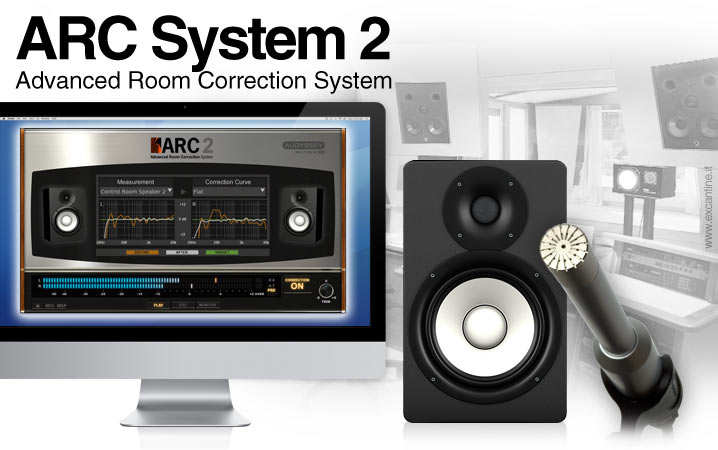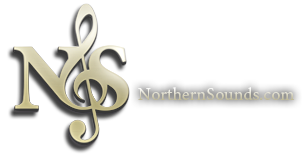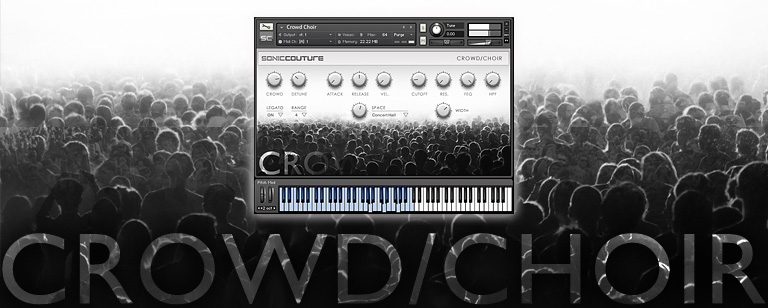IK Multimedia has just released
ARC System 2 ARC stands for Advanced Room Correction. This is a complete set of hardware and software that will calibrate your working environment for accurate audio reproduction.
The ARC system is the only solution that combines a microphone and a corrective plug-in to correct the sound quality for the acoustic environment the user is working in:
- elegant
- low cost
- portable
ARC 2 is based on the patented technology that drives Audessy's award-winning
MultEq XT32 room-correction solution.
Implementing the ARC room-correcting solution involves sampling the characteristics of the room's acoustics. After the room is profiled, the user can specify the position(s) where the listener would be (this does not need to be just the engineer's "sweet spot").
All that takes now is the route the DAW's master bus' monitoring output through the supplied ARC's plug-in. Thus the sound that gets sent to our monitor speakers would be an accurate signal that has been de-room-ed from the room profile that was taken earlier.
ARC system is:
- the first DAW-based room-correction solution in the market
- based on Audyssey's MultEq XT32 patented technology that corrects phase and frequency distortions in any acoustic environment
- improves clarity, stereo imaging and frequency response for faster and more reliable mixing
- immediately improves the sound of any room, acoustically treated or untreated (bedroom, audio control room, etc)
- step-by-step set-up is simple and straightforward
- the plug-in is compatible to native 64-bit DAW applications
- since it is a completely mobile solution, any musician and audio engineer can now reliably work with audio material on the go, in any environment
ARC 2 improvements:
- improved interface and a new 'monitor control panel' allows for greater ease-of-use
- resolution of calibration is 4 times more accurate. This helps improve critical low-end response
- mid-range and high frequencies are now smoother and more natural sounding
- new combined L/R option maintains perfect focus with symmetrical control rooms
- new customisable target curves allow engineers to create response curves to match their preference
- new 'virtual monitoring' feature allows simulates the frequency and audio response characteristics of popular audio play-back devices like popular studio monitors, car systems, boomboxes, etc. Really useful for previewing the audio material being played back under different conditions.
- higher quality can now be achieved in fewer measurements resulting in quicker set-up time
- measurements can be saved and used for multiple correction set-ups
The included microphone used to measure the room is a calibrated, omni-directional, and has a super-linear frequency response. It's flat frequency response is the key to room measurement.
When not used for the purpose of calibration, it can then be used as a high quality microphone to faithfully and colourlessly capture any audio signal.
The ARC 2 sells for 249.99 Euros at
IK Multimedia's online store. Existing owners of ARC version 1 are eligible for an upgrade offer of 84 Euros.
Having coloured sound in our monitoring mix is an age-old problem we all have to deal with when we are working with sound. This problem has plagued audio engineers, musicians, even acoustic-treatment engineers.
Many workarounds have been used over the years to overcome this problem.
Some of us treat our rooms with acoustically isolating materials. This requires us to place permanent/semi-permanent fixtures and a hefty sum of money altering the physical room, depending on the extent of the room treatment. This method also limits the flexibility of the solution. For example, the quality of the sound would alter again if the treated room were to be re-arranged (eg, having a cupboard added to one of the walls, or moving the workstation to face in another direction. Lastly, this method is not mobile. The corrected sound can only work within the treated room and limited to a certain areas of optimal listening.
Using sound-isolating headphones can partially solve the problem. However, the closed acoustic nature of the headphones does not allow us quite the same monitoring experience or a natural environment such as an acoustically accurate space similar to the size of a rooms.
There are solutions involve measuring the phase and frequency response of the room and then running the monitoring signal through an equaliser that negates the room's frequency response. Many of these solutions are limited to providing accurate monitoring within the confines of a 'sweet spot'. That is because their room correction algorithms do not cater for multi-position measurements as input variables.
Calibrating for accurate monitoring in the audio engineering context is akin to (and every bit as critical as) calibrating the colours of a computer display for a visual artist (desktop publishing designer, graphics artist, animator, etc) Without the ability to be absolutely sure that they are handling the same colour, they will never be able to achieve a high level of accuracy on what the resulting colours will end up looking like.
For me, the most attractive additions to ARC version 2 would be
- the simulation of multiple playback profiles allowing us to preview how our content will sound like when played from some common speakers.
- the very high accuracy measuring microphone





























.jpg)

